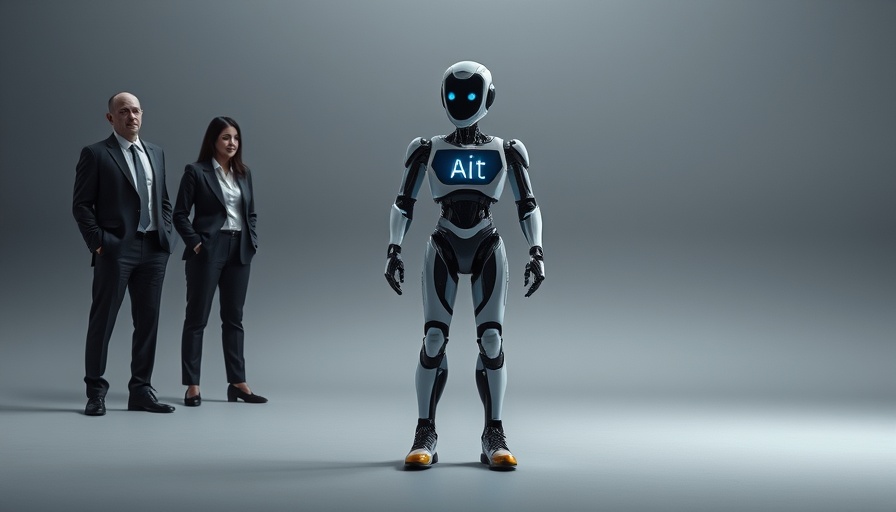
The Reality of AI and Job Loss
The conversation surrounding artificial intelligence (AI) and its impact on the job market has been a hot topic recently. With reports of AI-related layoffs making headlines, there is a growing sentiment that technology could be causing significant disruption in employment. However, a closer look reveals that broader economic factors might be the driving force behind job losses rather than AI alone.
Examining Layoffs and Economic Trends
According to multiple studies, including insights from J.P. Morgan and Goldman Sachs, AI's role in changing job dynamics appears less critical than initially suspected. For example, both firms report that while certain occupations are at risk of displacement due to AI—such as computer programming and customer service roles—the overall impact on employment levels is expected to be modest and possibly temporary.
Goldman Sachs estimates that if current AI applications continue to expand, only about 2.5% of US jobs may be at risk. This suggests that while these changes are significant, they aren't as catastrophic as they might seem. Moreover, the presence of higher unemployment rates among oil and gas, tourism, and leisure sectors indicates that other economic factors—such as inflation and market fluctuations—might be contributing to job losses.
Understanding Job Growth in the Era of AI
It's crucial to understand the sectors most affected by AI and those that are thriving. For instance, industries such as cloud computing and web services have recently seen a slowdown in employment growth, coinciding with the advent of generative AI technologies like ChatGPT. This correlation implies that firms could be assessing AI not just as a method for increasing efficiency, but also as a possible tool for replacing certain roles altogether.
However, other industries, especially those in professional services, are not experiencing the same level of AI-induced disruption. Reports suggest that AI's impact could be minimal in sectors that are still adapting to these rapid technological changes. In fact, many companies are only beginning to integrate AI tools, with less than 10% of businesses regularly using these technologies as of mid-2025.
The Bigger Picture: Economic Recovery and AI
While the conversation around AI and job displacement is prevalent, it is essential to factor in the historical context of economic trends. Often, downturns in the job market have a cyclical nature. Mid-skill jobs relying on repetitive tasks have seen significant reductions, especially following recessions, but often bounce back over time.
If a recession were to occur, AI could further complicate the recovery of these non-routine cognitive jobs, akin to the disruptions seen in previous recessions. Yet, as history shows, technological advancements also create new roles that can absorb the workforce affected by such disruptions. Approximately 60% of jobs today are in positions that didn’t exist half a century ago, demonstrating resilience and adaptability in the labor force.
Practical Implications for the Workforce
Experts stress the importance of recognizing that while AI may present challenges, it is not the only factor at play in the job market. Layoffs and job cuts can often be attributed to broader economic strategies and not solely to emerging technologies. It opens up discussion around the need for workers to focus on upskilling and adapting to changing job dynamics.
Individuals facing potential job loss can benefit from educational initiatives aimed at enhancing their skill set. The emphasis should be on adaptability and preparing for a future where technology and humanity coexist in the workforce.
Final Thoughts: Embracing Change in a Technology-Driven Economy
Amid evolving job landscapes influenced by AI, it’s vital to maintain a balanced perspective. Yes, technology is changing the job market, but economic factors also play a pivotal role in shaping employment trends. By strengthening workforce development and emphasizing adaptability, we can turn potential challenges into opportunities for growth.
 Add Row
Add Row  Add
Add 




Write A Comment